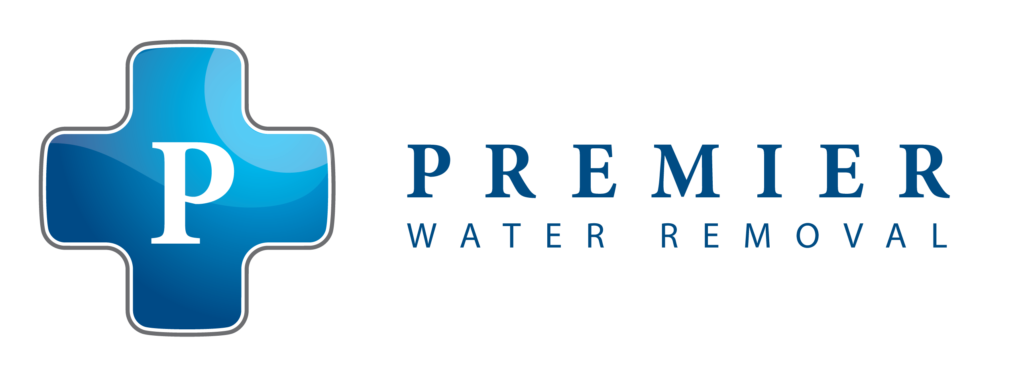Severe storms and natural disasters can wreak havoc on our homes, leaving us to face the aftermath of flooding and water damage. The cleanup and restoration process can be daunting, but it’s crucial to take swift and informed action to protect your property from any lasting harm and safeguard the well-being of your family. Premier Emergency Water Removal is dedicated to supporting our clients with expert advice and comprehensive restoration services during these challenging times. We specialize in all aspects of flood water damage restoration and water removal, ensuring that your home and possessions can be salvaged and restored as efficiently and safely as possible.
In this article, we will discuss practical strategies homeowners can implement to effectively navigate the post-storm water damage cleanup and restoration process. We will cover essential steps, including assessing the damage, removing standing water, drying and dehumidifying affected areas, and conducting thorough cleaning and sanitization procedures. Additionally, we will highlight the benefits of enlisting the support of professional water damage restoration specialists like Premier Emergency Water Removal, who possess the necessary experience, skills, and equipment to help you restore your home to its pre-damaged state.
Through diligent preparation and informed decision-making, homeowners can overcome the aftermath of storm-induced water damage, ensuring a safe and healthy living environment for their family. With Premier Emergency Water Removal by your side, you can rest assured that your home will be restored as effectively and efficiently as possible, providing you with peace of mind during a time of uncertainty.
Assessing the Damage: Evaluating Your Home’s Condition After a Storm
Post-storm water damage cleanup should start with a thorough assessment of your home’s condition. This process includes the following steps:
1. Safety First: Do not enter your home until it is safe to do so. Check for structural damage, fallen power lines, gas leaks, and other hazards before beginning the assessment.
2. Document the Damage: Take detailed photos and videos of the affected areas, providing an accurate record to assist with insurance claims and restoration efforts.
3. Identify Damage Sources: Determine the specific causes of water damage, which may include rain leaks, broken pipes, sewer backups, or floodwater infiltration.
4. Evaluate the Extent: Understand the scope of the water damage by examining affected materials, such as flooring, drywall, insulation, and furniture.
Removing Standing Water: Prompt Action to Minimize Loss
Quick removal of standing water is crucial in minimizing property loss and preventing further damage. Key points for this step include:
1. Wear Protective Gear: Don proper attire, such as rubber gloves, boots, and a mask, to protect against potential contaminants in the water.
2. Pump Out Water: Utilize pumps or wet vacuums to remove standing water from your home, working from the lowest point to the highest affected areas.
3. Dispose of Damaged Items: Safely discard items that have been severely damaged or contaminated by water, particularly in cases of sewage backup.
4. Consult Experts: Seek advice from water damage restoration professionals if you’re unsure how to proceed or if the damage is extensive.
Drying and Dehumidifying: Restoring a Healthy Home Environment
Drying and dehumidifying affected areas are vital to preventing mold growth and ensuring a healthy environment for your family. Keep in mind the following:
1. Ventilation: Open doors and windows to promote airflow and use fans to expedite the drying process.
2. Dehumidifiers: Run dehumidifiers to maintain appropriate humidity levels and reduce the risk of mold growth.
3. Handling Wet Materials: Remove and dry out water-damaged items like carpets, upholstery, and wall materials as soon as possible.
4. Professional Equipment: In cases of severe water damage, specialists may use advanced equipment like air movers and commercial-grade dehumidifiers to ensure thorough drying.
Cleaning and Sanitizing: Ensuring Safety and Well-being
Proper cleaning and sanitizing are essential to clear away contaminants and maintain a safe living environment. Consider these important tips:
1. Disinfection: Use appropriate disinfectants to sanitize affected areas, removing all contaminant traces.
2. Mold Control: Apply antimicrobial solutions on impacted surfaces to prevent the growth of mold and mildew.
3. Carpet and Upholstery Cleaning: Hire professionals for deep cleaning and sanitizing carpets, upholstery, and other affected furnishings.
4. Odor Removal: Utilize odor-eliminating treatments to remove unpleasant smells caused by water damage, mold, or mildew.
Final Thoughts on Premier Emergency Water Removal ServicesConclusion:
Navigating the post-storm water damage cleanup and restoration process may be challenging, yet it is vital to act promptly to protect your property and ensure the health and safety of your family. Homeowners who follow effective strategies, such as assessing the damage, removing standing water, drying and dehumidifying affected areas, and thorough cleaning and sanitization, can make significant progress in restoring their homes to their pre-damaged state.
Seeking the support of professional water damage restoration specialists like Premier Emergency Water Removal can make a substantial difference in the effectiveness and efficiency of your cleanup and restoration efforts. Trust our expertise and commitment to safeguarding your home and helping you navigate the complexities of post-storm water damage recovery.
